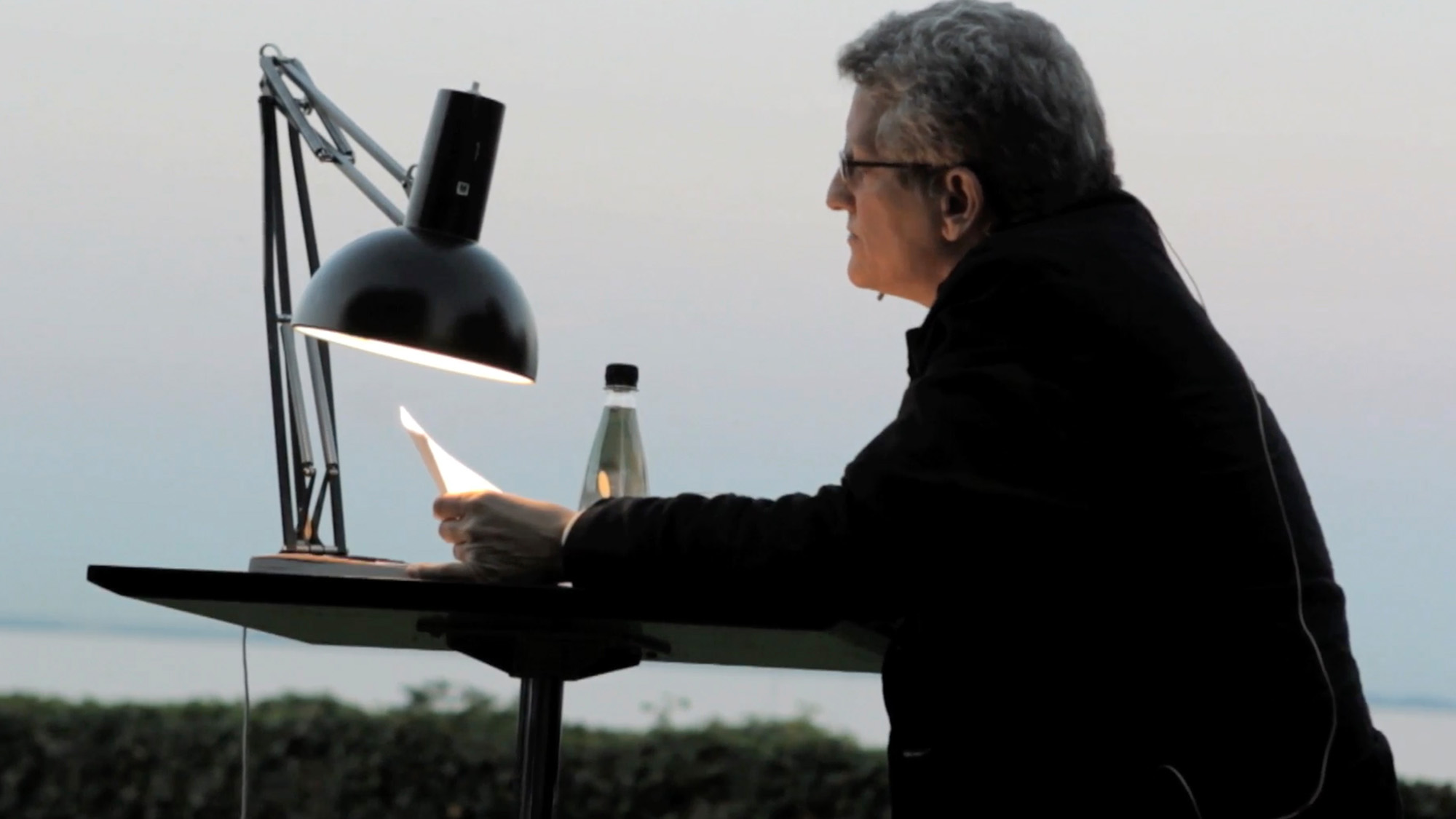
Self-transforming Machine Elves, 2023
Performative installation
In 1958, artist Bob Gysin raved about the transcendental state he had experienced when riding a bus past a long line of trees at sunset near Marseille: "An irresistible flood of supernaturally colored patterns of intense luminosity exploded behind my eyelids, a multidimensional kaleidoscope swirling through space. I was swept out of time," he writes in his diary. Above all, in collaboration with the scientist Ian Sommerville and William S. Burroughs, he created the Dreamachine, made from a cylinder of cardboard cut out and perforated, enclosing a light source and rotating on a plate at 78 revolutions per minute.
As a tribute to this dream machine, in 2019 Haroon Mirza, in collaboration with Siobhan Coen, then in residence at his studio "hrm199 Ltd.", designed the Dreamachine 2.0. In place of the DIY stroboscopic device - which many sensation-seekers have since reproduced, as testified by the many testimonials and tips on the net - they substitute computer-controlled LED lights and incorporate sounds at frequencies that correspond to the brain's electrical activity, following the advice of neuroscientists at Imperial College London.
During confinement, an online adaptation of the work (Dreamachine 1/0) was designed, with advice on how to use it.
For the Son Biennial, Haroon Mirza takes up this work in a performative version, which he names in reference to Terence McKenna (1946-2000). The American writer and philosopher saw psychotropic drugs such as DMT (derived from ayahuasca, an infusion used in tribal ceremonies in South and Central America) as the best vehicle for transdimensional travel. He claimed to encounter intelligent entities described as self-transforming machine elves.
Haroon Mirza
Born in 1977 in London
Lives and works in London
Haroon Mirza studied at Winchester School of Art, Goldsmiths College and Chelsea College of Art. From painting at the beginning of his studies, he rapidly evolved towards adisciplinary research, i.e. progressing without locking himself into one discipline. His sculptures, performances and immersive installations test the interaction and friction between sound waves, light waves and electric current.
His work quickly won awards. In 2011, at the Venice Art Biennale, The National Apavilion of Then and Now won him a silver lion for best young artist. We entered an anechoic chamber (foam walls absorbed the waves) with a circle of light. The LEDs became more and more intense, generating a noise that also intensified until the space fell back into blackness and silence, the room still leaving retinal images for those who came out of the experience.
More recently, the Dyson Sphere (2022) is a terrestrial version of a hypothetical megastructure imagined to store energy from a star. Here, a central sun-shaped tungsten light powers a shell of photovoltaic panels.
Haroon Mirza works extensively with collaborative systems. Reflecting on the economy of art and recycling, he also feeds his work with existing works, his own or those of other artists, as well as research carried out in various fields.
In summer 2003, he was invited to take up a residency with Helga Dorothea Fannon at the Verbier 3-D Foundation.
Other artists

Caterina De Nicola
eric_lamouroux-01.webp)
Dominique Blais

Laura Morier-Genoud
Other artists

Eric Hattan with Oliver Senn

Pauline Julier



